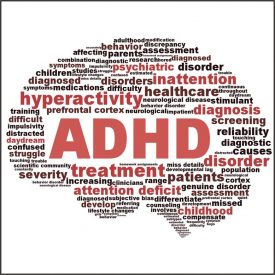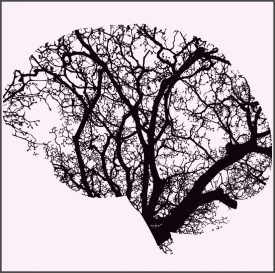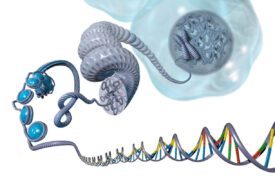As part of our education and outreach effort, we have created this dictionary of terms so that you can learn quickly and read more, where and when you like.
Anti-inflammatory foods
Anti-inflammatory foods are foods that promote low levels of inflammation in the body. They are therefore considered beneficial for your health, including mental health. Inflammation is the response of the body’s immune system against external factors that can put your health in danger. When this system feels that is attacked by something that may harm your health, it activates some molecules, called cytokines, in order to neutralize or avoid any damage so you can be safe. Is inflammation bad? What does it do? Inflammation isn’t a bad thing since its purpose is to protect your body, but in some cases,...
ADHD
The letters ADHD is short for Attention Deficit Hyperactivity Disorder. ADHD is defined as a neurodevelopmental disorder which means a disorder is related to disturbed development of certain brain functions with a typical onset in childhood. However, adults may have similar symptoms and can also be diagnosed with this disorder. The characteristic symptoms of ADHD are hyperactivity, inattention and impulsivity (ADD is an older name of the same disorder, and is now replaced by ADHD)...
Aggression
Aggression is a behaviour that involves attack or provocation and can be physical or verbal. It’s present in all animals and has advantages on survival and mating, but it can cause harm to others and even the death. Aggression is usually classified into two main different types: i) Reactive aggression: emotional reaction to a thread. Hot blooded and impulsive, ii) Proactive aggression: instrumental, used to achieve a goal. Cold blooded with lack of empathy and remorse...
Anxiety
Anxiety is defined as “an emotion characterized by feelings of tension, worried thoughts and physical changes like increased blood pressure” by the American Psychological Association (APA). Even though anxiety is generally experienced as an unpleasant emotional state, the underlying responses serve as an adaptive function when facing a threat through the activation of the fight-or-flight reaction. Experiencing anxiety is part of everyone’s life. However, if its intensity and/or duration seem uncontrollable and lead to a disruption of a person’s daily life, an anxiety disorder could be present...
Brain Health
Brain Health is used to describe how well a brain is functioning, and it is also used as synonym for mental health. Whether or not a brain is healthy is mainly measured through behavior, which can be the ability to cope with normal life situations, and also performance on computerized tasks. Scans such as Magnetic Resonance Imaging (MRI) or electroencephalography (EEG) can sometimes be used to investigate brain health, but only in specific situations such as to identify epilepsy, brain tumors or large-scale loss of neurons. ...
Compulsivity
Compulsive behavior is the urge to do something that you do not actually want to do, or that provides no function or enjoyment. Often, compulsive behavior consists of performing the same act or ritual many times, even though the person doing it knows it is not useful or rational to do...
Depression
Depression is a mental disorder and the leading cause of disability, reaching the whole world [1] and being the most debilitating and recurrent stress-related disorder that highly impact the quality of life of people affected [2]. The estimated prevalence of major depressive disorder (MDD) reaches the 4.4% of the world population, equivalent to 322 million people living with depression [WHO]...
Elimination diet
An elimination diet can be useful for seeing if psychological symptoms are reduced. It involves a temporary (5 weeks) total change of diet in which the patient is only allowed to eat a few different hypo-allergenic foods (e.g. rice, turkey, lettuce and pears). After a significant reduction of ADHD symptoms, a 12-month reintroduction phase is needed to find out which products trigger ADHD symptoms...
Epigenetics
Our DNA contains the code for life, telling the cells in our body what to do. Not every cell in our body needs to do the same, so not every cell uses the same parts of the DNA. The cell determines which part of the DNA code to use by altering the chemical structure of the DNA. This is done through ‘epigenetics’, from the Greek word “epi”, meaning “on”. So we define epigenetics as chemical structures on the DNA, which regulate gene expression (i.e., which part of the DNA code will be used)...
Exercise
Exercise (e.g. running or cycling) is a subcategory of physical activity that describes any physical movement of the skeletal muscles in a planned and structured way to improve physical fitness or getting a health benefit...









